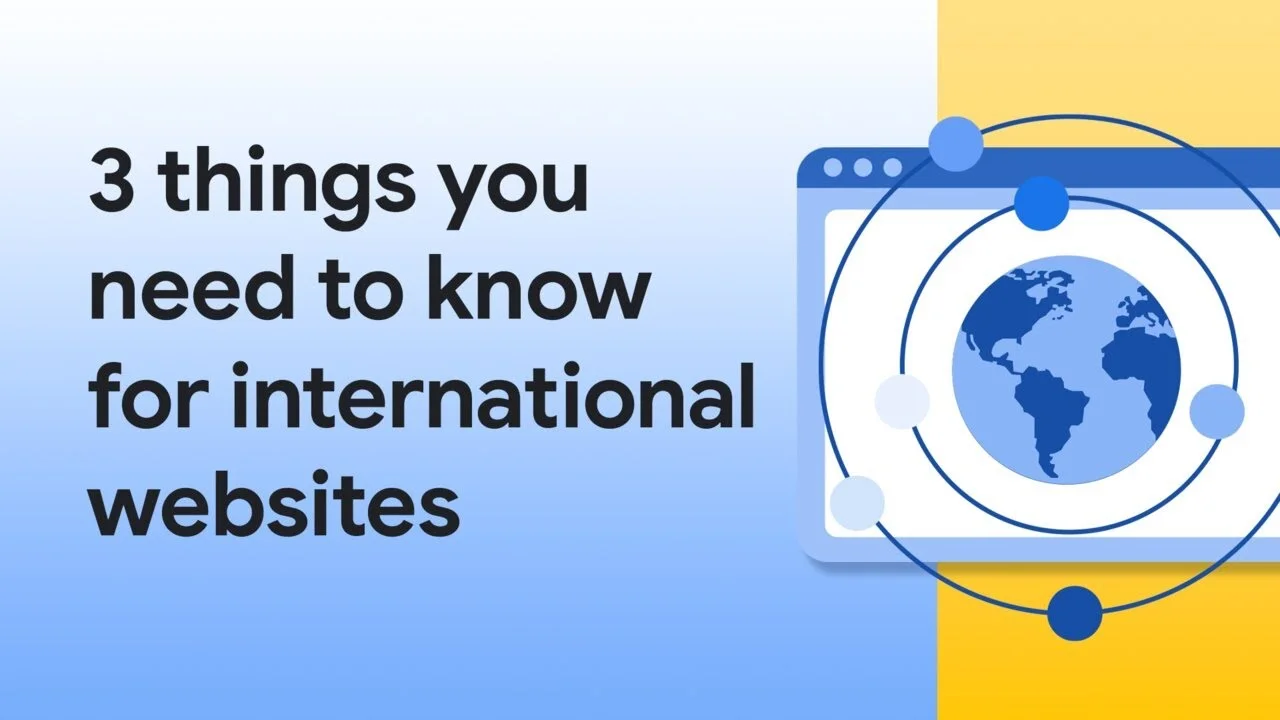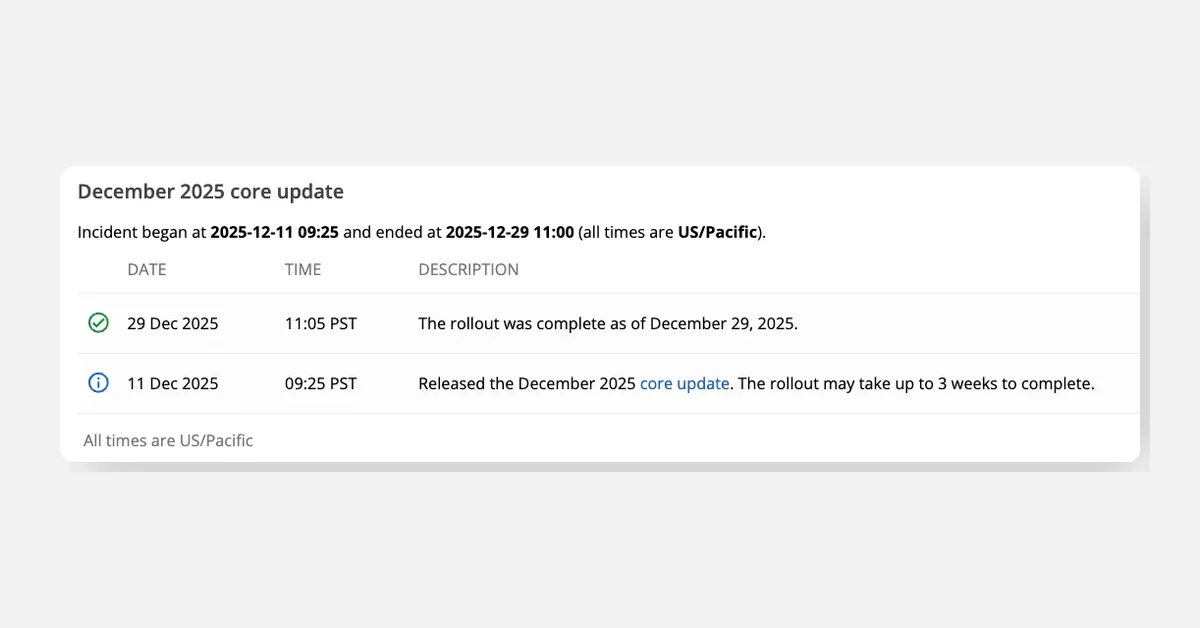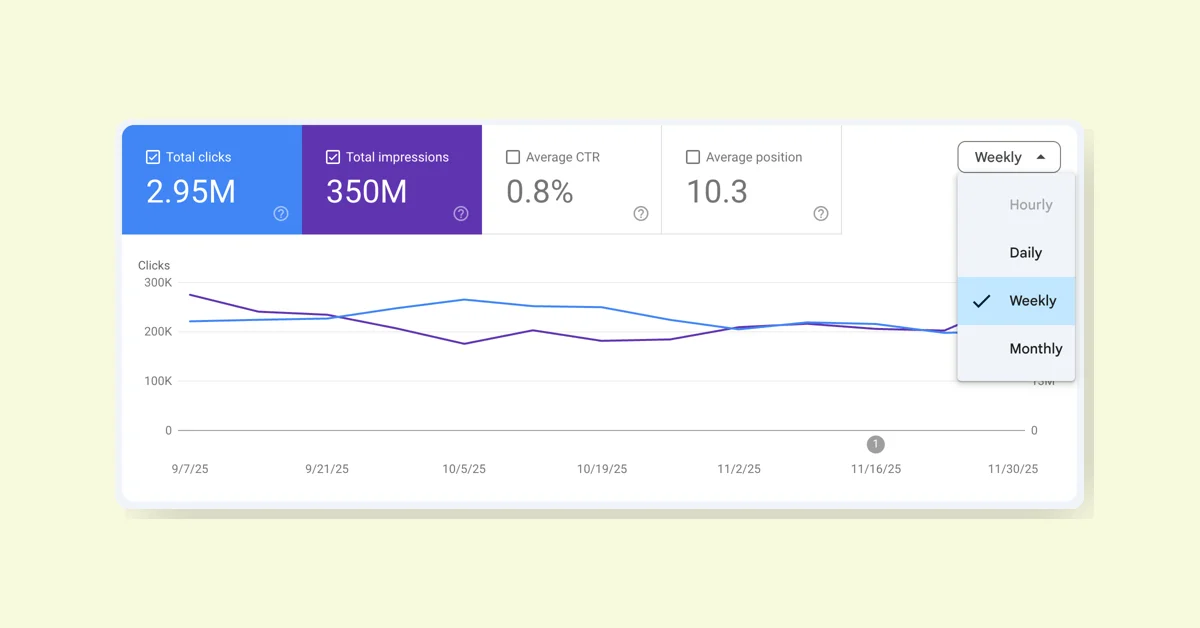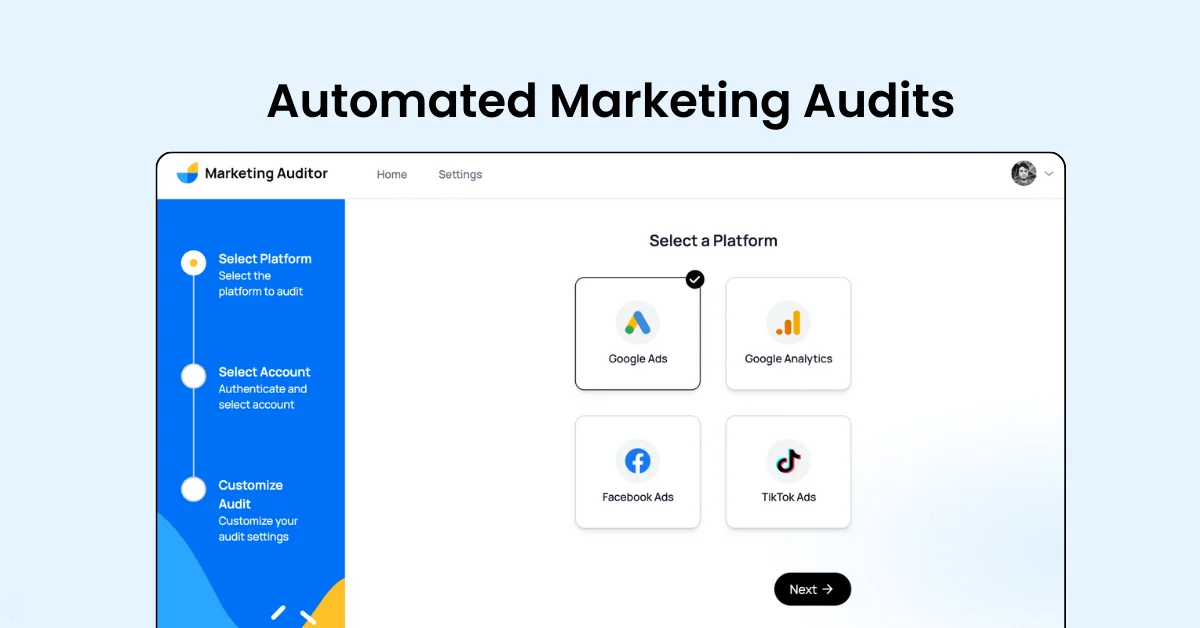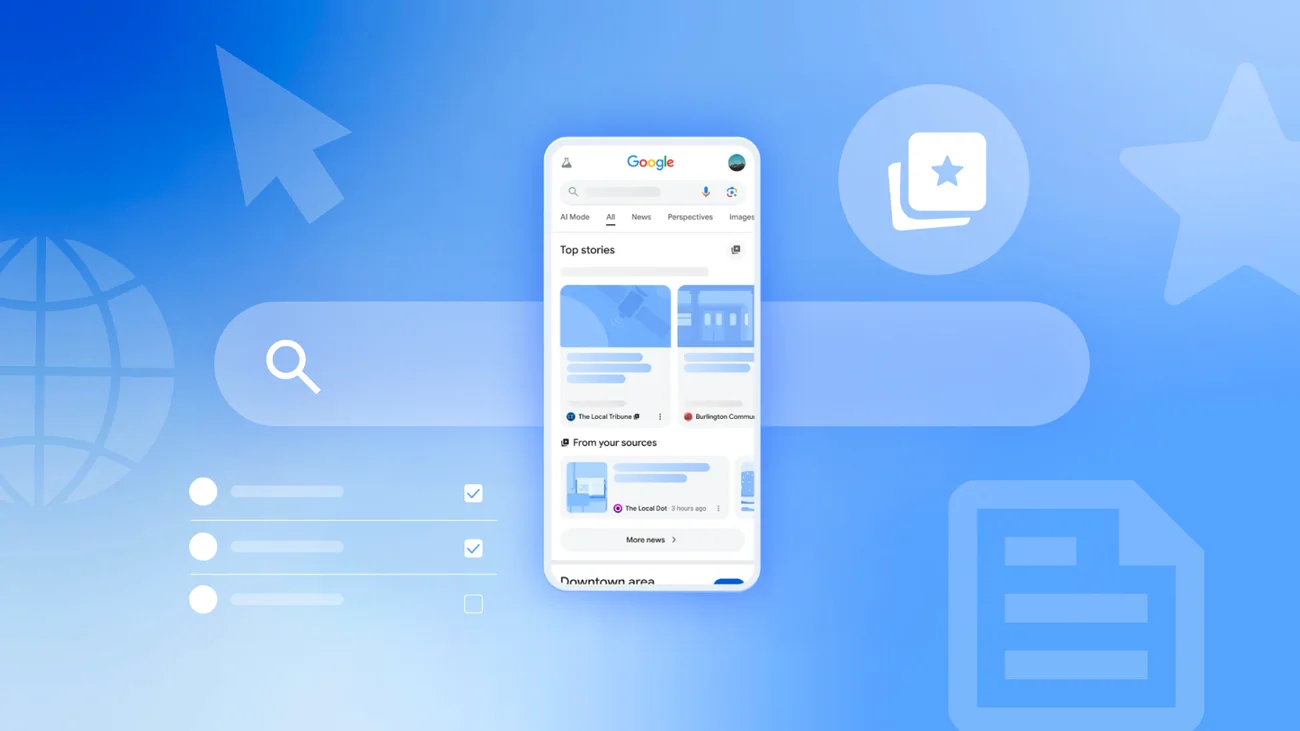Google has released a video outlining essential strategies for optimizing international websites. Here are the main points:
Choose the Right International Setup:
- Use local top-level domains (e.g., .de, .fr)
- Utilize subdomains or subdirectories
- Consider pros and cons for each approach based on specific needs
Implement Hreflang Correctly:
- Use hreflang tags to help search engines understand language and country variations
- Can be implemented via HTML tags, HTTP headers, or XML sitemaps
- Key points:
- Use valid language and country code combinations
- Ensure all variations link to each other
- Include self-referential links
Link to Language Variations:
- Provide visible links to different language or country versions
- Allow users to choose their preferred version
- Helps search engines discover all site variations
Bonus Tip:
- Focus on quality over quantity in internationalization
- Prioritize locales and countries that are truly relevant
- Ensure high-quality, useful content for each language variation
Google emphasizes the importance of providing a great user experience across all language versions and recommends consulting their documentation for more detailed information on international SEO best practices.
